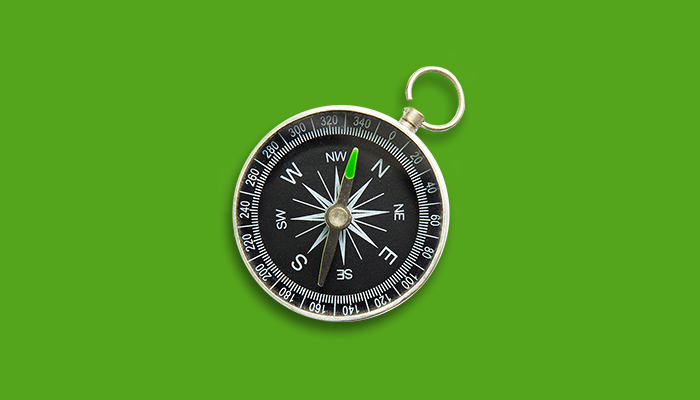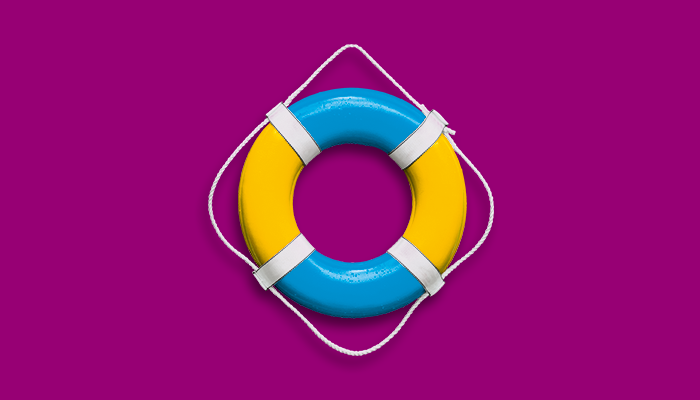Risk vs reward

All investment comes with some risk – the question is, how much risk are you comfortable taking as you reach for your goals?
What you will learn
- The relationship between risk and reward
- What to consider when deciding how risk you can afford to take
- How you can find the right balance of risk and reward
You want your investments to perform well, and for your money to work hard. But you also want to make sure you’re managing your portfolio so it’s less likely to lose value.
So, how can you grow your investments while limiting risk? That’s where balance comes in handy.
The nature of risk
Every investment carries some level of risk. But this changes considerably depending on investment type.
If you buy shares in a promising new company, for instance, the shares might significantly increase – if all goes well. However, they also bring a higher risk of losing money if the business doesn’t take off.
But, while you’d like to avoid losing money, sticking to low-risk investments such as savings accounts means there’s a higher chance you won’t reach your investment goals.
That, in a nutshell, is the investor’s dilemma. You want to earn as much as possible, while taking on as little risk as you can.
What’s the right level for you?
When weighing up these competing goals, it’s important to understand how much risk you want, and can afford, to take. This will be determined by a number of factors, such as your personality, your investment goals and where you are in life.
For example, investors who are close to retirement age may be less comfortable with risk than investors who have plenty of time to recover from a bigger loss.
To get a clearer idea of what’s right for you, ask yourself these five questions:
- How comfortable are you with the idea of losing money?
- How much can you afford to lose?
- How long would it take you to recover from a loss?
- For how long can you commit your money?
- Could you achieve your investment goals using a more cautious approach?
If you answer honestly, you’ll be able to make the right call for your investments.
Why time is important
While there is a clear connection between risk and reward, there are other ways that you can make your investments work harder that don’t involve taking on too much risk.
For example, you could commit a smaller amount of money to investing, but over a longer time period.
It’s also worth considering that not all of your investments need to be equally risky. A diversified portfolio will contain investments of varying types and risk levels. Read more about how you can manage your portfolio here.
Risk notice
Any information provided should not be considered personal advice. Past performance is not a guide to future performance. You may not get back the full amount you invest. If you have any doubts about making your own investment decisions, seek financial advice.






















